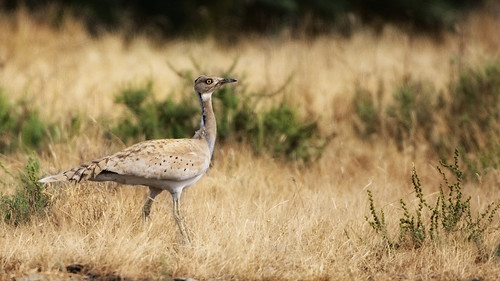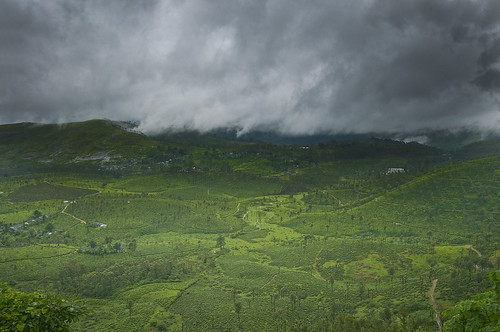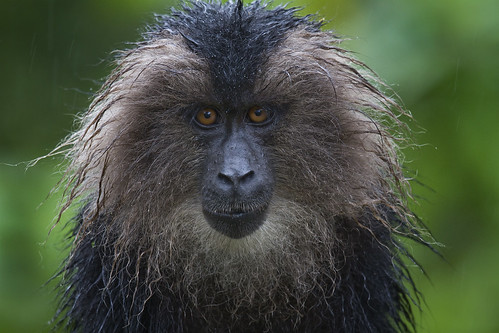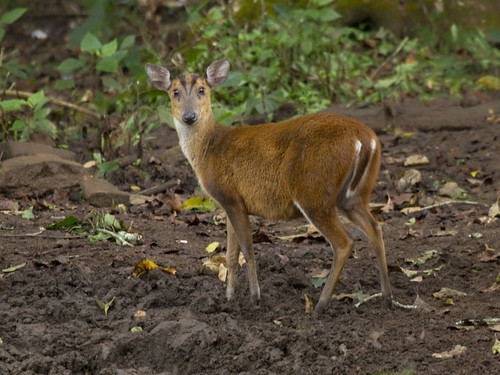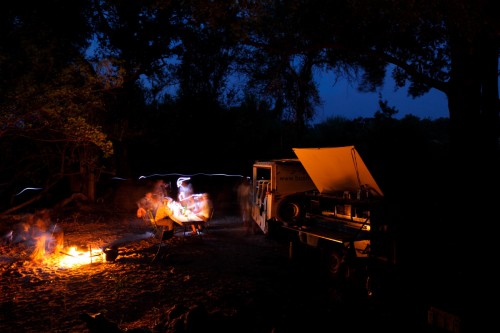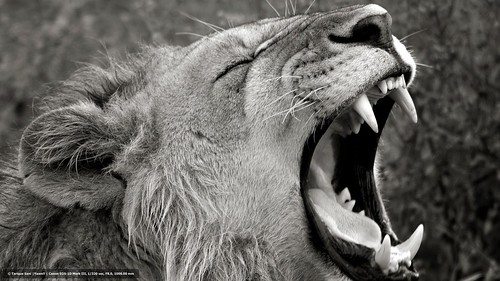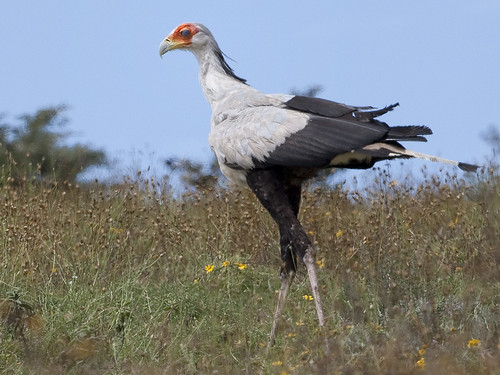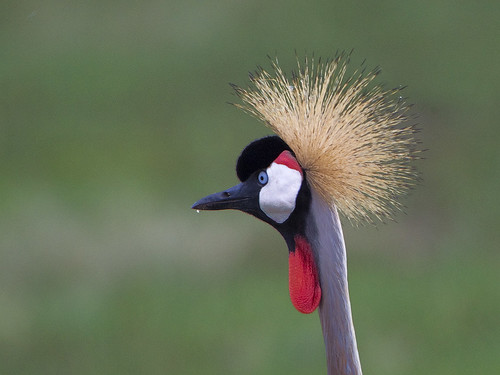Honestly till some time ago I had never heard of Valparai. It was Kalyan and a few others who mentioned it on twitter off and on. Being creature of arid or dry deciduous forest, I had resisted the rain forests for a long time. Seeing the lush green, HDR without the HDR kind of landscapes and the amazing macros of creatures unseen was tempting but the real lure however was the opportunity to photograph one of the most rare of the primates; the Lion Tailed Macaque
Valparai is located about 100km from Coimbatore; unfortunately from Nagpur there are no direct flights and it meant hopping flights in Mumbai. Till a few hours before our departure Mumbai had been experiencing the heaviest downpour of the season, I was a bit worried about flights getting delayed and we might miss the connecting flight. The rain Gods relented and we landed in Coimbatore dot on time. The drive to Valparai was one of the most enchanting drives that we have ever experienced. The 40 hairpin bends around the hills which give a progressively awesome view of the Aliyar Dam and reservoir is something to be experienced. The drive also gave me the opportunity to test my new GPS – Garmin 60CSx
As we drove up it was raining… If you want just pictures wait for part 2 else read on….
